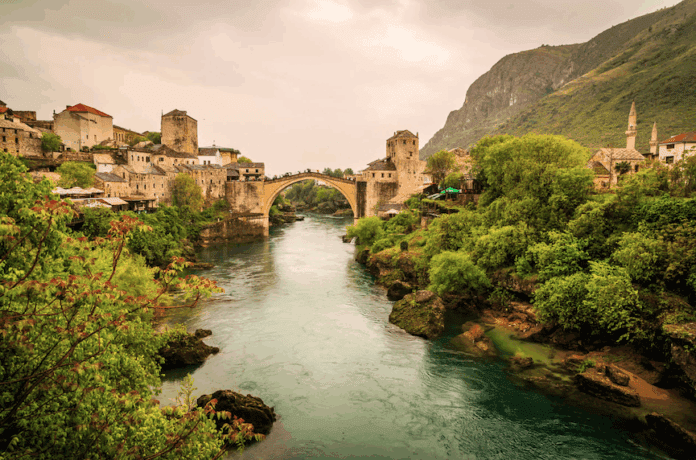Soaring aged care costs in Dalmatia are driving pensioners to more affordable and available facilities just across the border in Herzegovina.
Rising prices and long waiting lists across Dalmatia
Aged care home prices in Croatia have recently skyrocketed. In public facilities owned by cities and municipalities, it’s still possible to find accommodation for mobile individuals for around €500, but spaces are limited and waiting lists are long.
In private homes, prices can reach up to €1,000. And for elderly people who are immobile and require full-time care, it’s difficult to find anything below €2,000 – the equivalent of over AU$3,500.
Families are often grateful just to secure a place, as the need for aged care usually arises suddenly—after a hospital stay, injury, or significant decline in health.
Traditional care model no longer sustainable
In Dalmatia, the tradition of older people living with or near younger family members made at-home care possible. But that model is under strain. Across the region—particularly on the islands—there’s a severe shortage of aged care facilities.
Waiting lists for public homes are extremely long, and private homes have seen their prices soar. In high-quality Dubrovnik facilities, a single room costs around €1,200 per month, a double room €1,000 per person, and an apartment up to €3,000.
Herzegovina offers a growing alternative
Prices in Croatian aged care facilities also vary depending on a person’s mobility and any additional services required. In recent years, more and more people from Dalmatia are spending their twilight years in aged care homes across the border in Herzegovina.
These homes are typically located near the Croatian border, in areas with a Croatian majority population. The town of Ravno in Popovo Polje, for instance, has a facility where 90% of residents are from Dubrovnik and nearby islands.
Several homes cater to different regions
Another facility is the “Betanija” aged care home in Čapljina, owned by the Diocese of Mostar. It primarily serves elderly people from Metković and Ploče. In Ljubuški, there’s a home run by the Pension Insurance Institute of the Federation of Bosnia and Herzegovina, which attracts residents from Vrgorac, Makarska and surrounding areas.
Meanwhile, Grude is home to the private “Vita” aged care home, developed by a local entrepreneur for wealthier clients. It includes 14 single and 64 double rooms, as well as an on-site clinic for residents requiring intensive medical care.
Lower prices, more availability – but not vastly cheaper
While prices in Herzegovina are lower than in Croatia, the difference isn’t enormous. What sets them apart is availability—unlike in Croatia, these facilities still have room. That may be because many elderly people in Herzegovina still live with or close to their children, who can help care for them.
Medical care and emergency support remain accessible
Residents of Herzegovinian aged care homes are transported by vehicle to the nearest emergency facilities in Croatia, such as in Metković or Vrgorac, when needed. They can also access medical care at the nearby hospital in Mostar, which offers services to Croatian health insurance holders.
While living in these homes, many Dalmatian retirees remain on the waiting list for facilities in their home towns. Sadly, some never get the chance to return. Others do, eventually moving back to the cities where they spent most of their lives.

